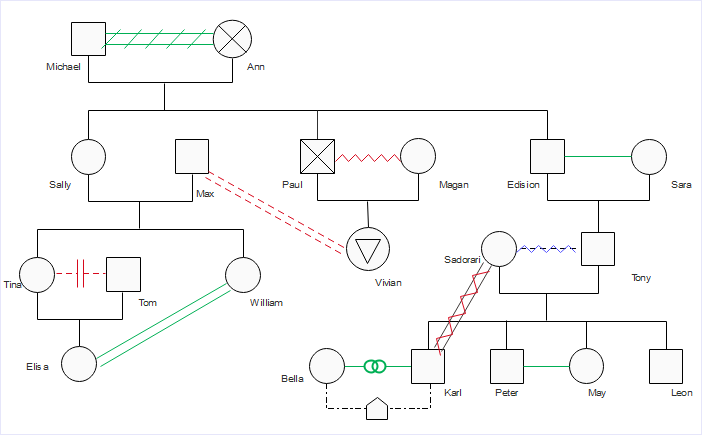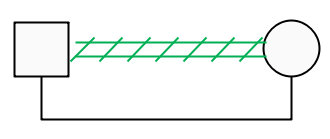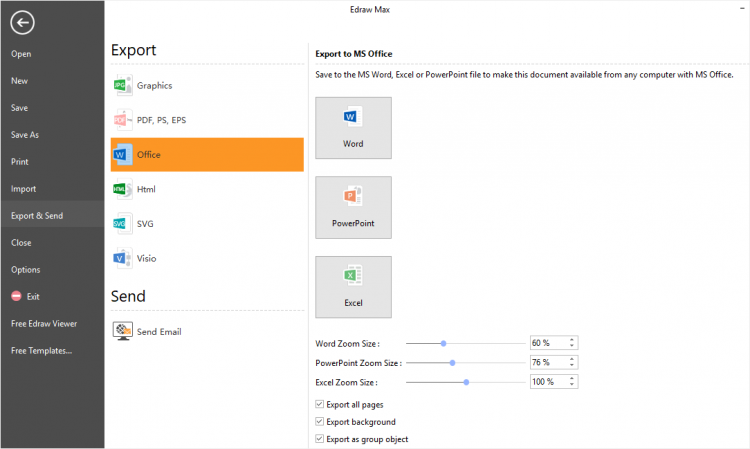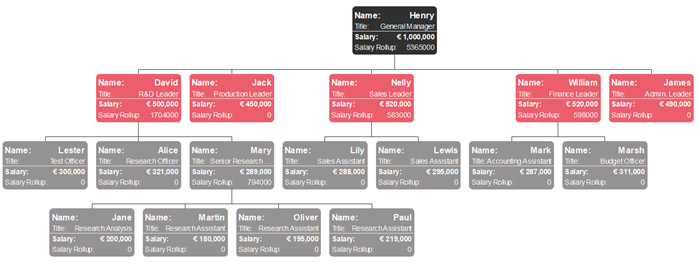The genogram is a pictorial display of the relations of a family as well as includes family medical history. It can also be referred to as family genogram, a Lapidus schematic, or McGoldrick–Gerson study. A genogram example depicts hereditary patterns as well as psychological factors that form relationships. It can help reveal such information among individuals in a specific lineage.
1. Things to Consider Before Drawing Your Genogram
Before one starts to draw a genogram, they can take a look at the various kinds of genogram examples that are found. With software suites like Edraw Max, it is possible to create different images or illustrations and depict data in different ways. However, such data or charts would include sensitive medical information about a family. It could even involve describing emotional connect between various family members depending on the beliefs and stories gathered. Hence, one needs to be sensitive to how much of such information is to be displayed and in accordance with the beliefs and feelings of concerned members of a lineage.
Since medical formats can be quite detailed, if one needs to print or create professional finishes on such charts, there would be costs involved. Hence, such parameters need to be kept in mind when creating one’s genogram.
2. How to Draw Your Genogram?
Step 1: Collect Relevant Information
Among the steps involved in how to make a genogram, the first step requires an individual to draw up relevant information on their family. Generations that one wishes to display on such a chart, along with the kind of medical history they want to disclose, should be considered, and data gathered accordingly.
Step 2: Choose the Appropriate Template
Edraw Max has several pre-made templates available. One could choose one from the new section or even want to start with a blank canvas.
Step 3: Set Up Layout
This step involves setting out the layout gridlines as per the length and breadth of the chart you wish to create. It is especially crucial for digital prints or large size wall displays. The layout tab helps determine setup, background, theme, and other aspects.
Step 4: Add Content and Symbols
Once the layout is decided, one can then proceed to add text from the Home section. There are different vectors and symbols that one can insert onto the image, adding in the text in these blocks or boxes along with labeling.
Step 5: Export and Share Genogram
The software allows one to save the finished project in different formats such as JPG, PDF as well as export it to files such as MS Office or share it through various social media channels. Here export and Send options to come on the left-hand side panel of the software. It is also possible to save the file on local or cloud storage places. The Print option is also handy in helping you to print as per different sheet dimensions.
3. Tips for Creating an Ideal Genogram
To create an ideal genogram, the following steps come in handy:
· Know the Purpose
The need for creating a family genogram should be evident before one begins.
· Collect Information
As per the medical and psychological details to be displayed, one can proceed to collect information accordingly.
· Choose Genogram Structure
There are a different family tree and other diagram templates available to depict such relationships and data; one can choose a diagram as per the spread of information that needs to be portrayed.
Workforce planning is crucial to organizational human resources management. How much do you know about the concept? Have you ever undertaken any steps to do your own workforce planning? Let’s find out today with an organizational chart example.
What is Workforce Planning?
Generally, it is a continual process used to align the requirements of the organization in order to meet organizational objectives. Workforce planning usually based on development strategies, systematic identification and detailed analysis of an organization in terms of its size and skills of its workforce. Moreover, the cycle of workforce planning usually in line with the business planning cycle within an organization. Here is a workforce planning organizational chart example:

The span of control is commonly used in business management, particularly human resources management. It refers to the number of subordinates a supervisor has. Check out this article for more details based on a span of control organizational chart.
What is Span of Control?
It is the number of subordinates that a manager or supervisor can directly control according to the different types of work. The addition of new hierarchical layers makes the organizational structure steeper. Normally, a large Span of Control leads to a flatter organizational structure. A small span of control creates a steeper organizational structure.
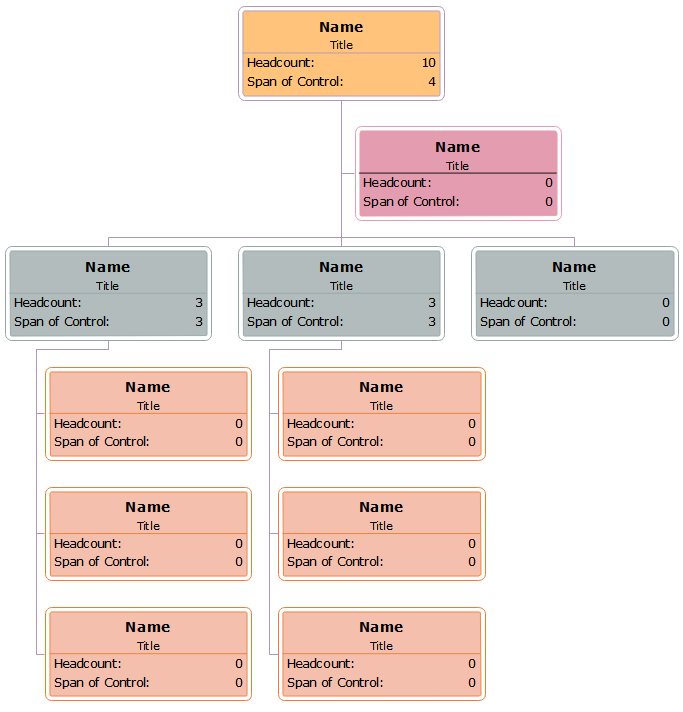
Recruitment is usually the first step in joining an organization. Do you know what are the key steps to undertake a recruitment process? Why we need internal recruitment? Are there any easy ways for me to create recruitment organizational chart? In today’s article, we will find out all these questions!
What is Recruitment in Human Resources?
Recruitment is a human resource management process that involves attracting, shortlisting, analyzing, screening, selecting and appointing suitable candidates for both permanent and temporary jobs. Besides human resources managers, commercial recruitment agencies may also be involved in carrying out a recruitment process. Here is a template of recruitment organizational chart:
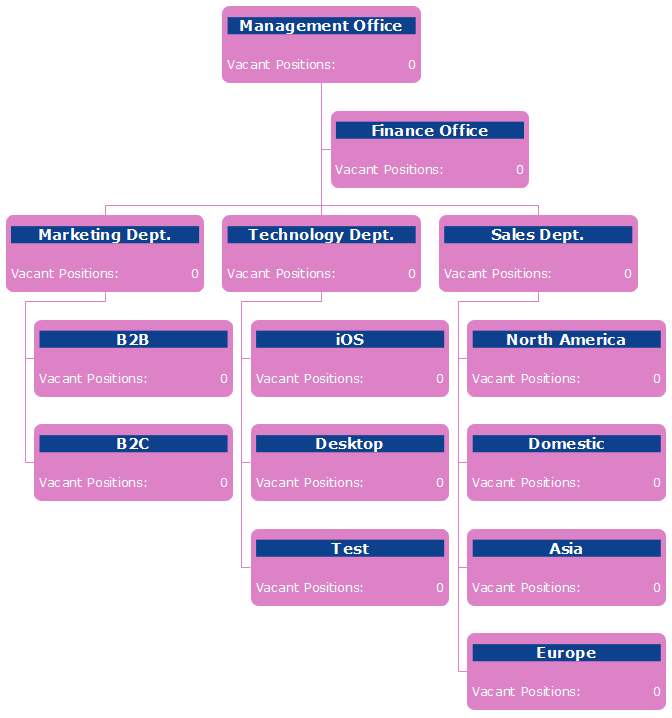
The human resources management field not only include training, recruitment, performance and pay but also covers important legal issues. In today’s article, we will talk about the Fair Labor Standards Act (FLSA) organizational chart with an example.
What is the Fair Labor Standards Act?
It is a United States federal law published by Congress in 1938 and it covers five parts: minimum wage, overtime pay eligibility, recordkeeping, and child labor. The Fair Labor Standards Act influence both full-time and part-time workers in profit and non-profit organizations. According to the Act, all overtime-eligible employees MUST be paid with overtime compensation for all hours worked more than 40 in a single week. Here is an example of the Fair Labor Standards Act org chart:
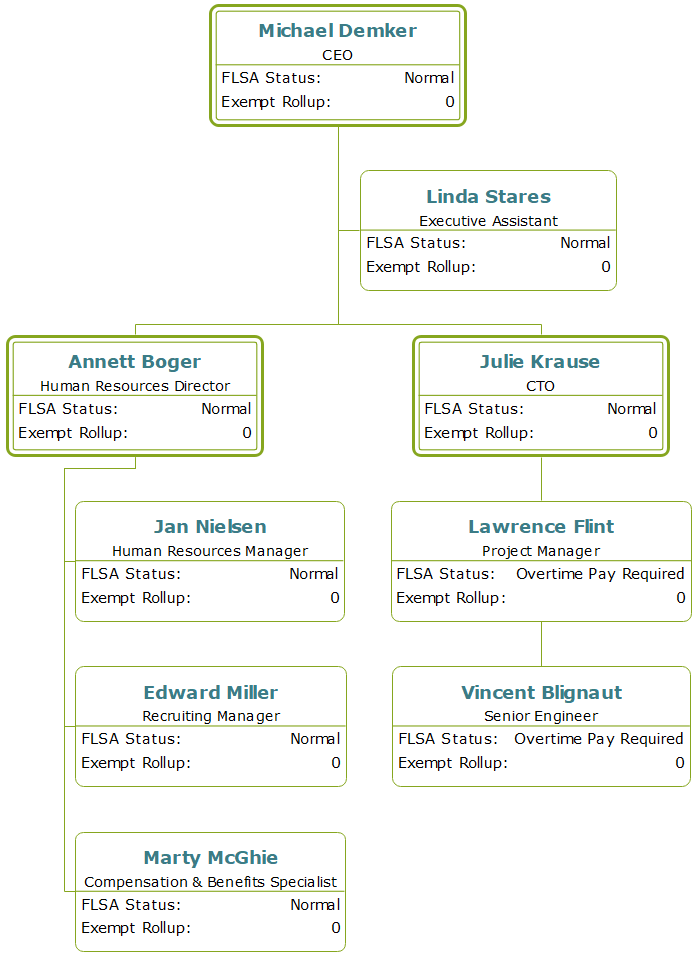
If you are new to the HR department of your organization, you will definitely need to handle lots of employees’ contracts. Now, let’s find out the key advantages of contract management for human resources and how to manage your employees’ contracts.
What is HR Contract Management?
Generally, human resources contract management is the process of operational contract management within an organization. It is similar to the concept of sales or procurement contracts, and it also shows the business relationship between employees and organizations with certain terms and conditions. Managers should consider human resources contract management based on a critical and strategic point of view. Here is an example of the contract management organizational chart. You can see the contract start and end dates on it.
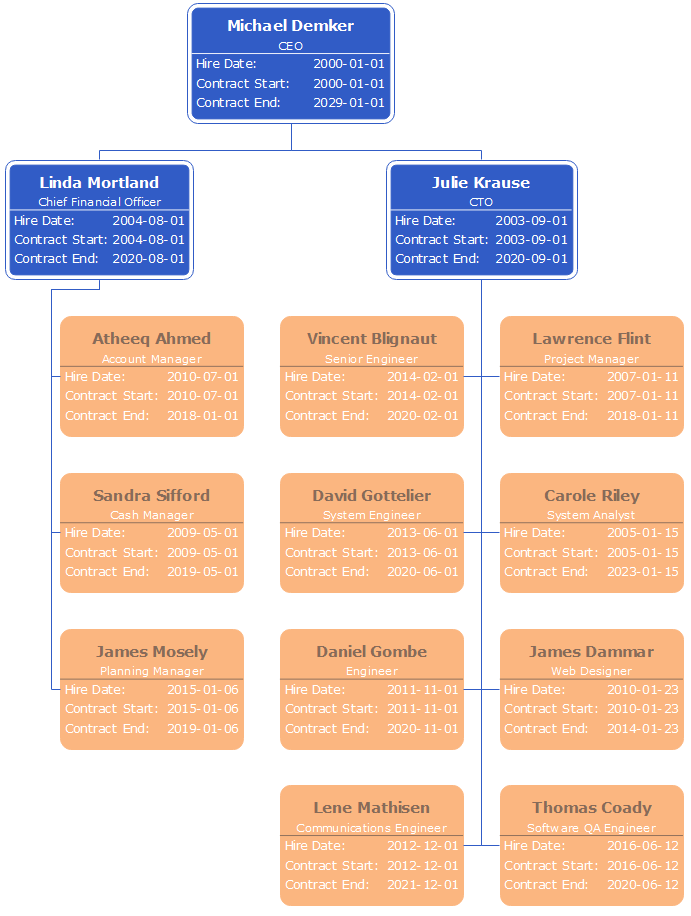
Employee performance evaluation is crucial to an organization. Learn more about such an evaluation process by referring to this easy guide. Let’s start now.
What is Employee Performance Evaluation?
Normally, the employee performance evaluation is the process of setting specific performance expectations for each employee as well as offering informal and formal feedback about employee performance related to those pre-set goals.
What are the Key Uses of Employee Performance Evaluation?
So far, many worldwide organizations from startups to international enterprise have integrated employee performance evaluation systems to support organizational training and career development, pay, promotions, and reductions-in-force, etc.
A salary organizational chart displays the income of the personnel of an organization. Such organizational charts can help to facilitate the decision-making process for better human resources management. For instance, below is a salary organizational chart example for a startup (click it to enlarge). In this article, we will explain the advantages and basic drawing method of salary organization charts.
- reference: made by the easy org charting creator
Organizational charts are the presentation of reporting relationships and employee roles in an enterprise. A well-structured organizational structure would help you to improve productivity, but a poor organizational structure can weak your business competitiveness. Next, let’s find out the common signals and key impacts of poor ones.
Any Common Signals of Poor Organizational Structures?
Poor organizational structures could have many characteristics, but the following are the most common types:
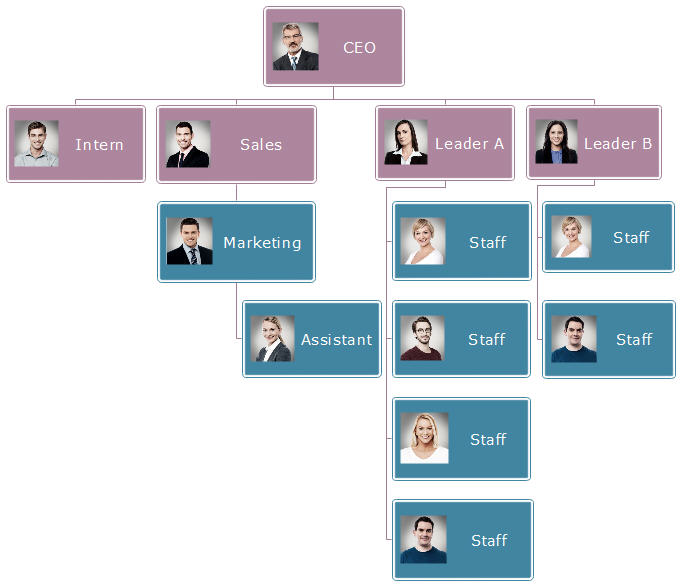
- Poor organizational structure example. Create professional org chart by the easy org chart creator
Many young graduates want to join startups for different challenges and hope to get high returns. However, is that simple to do so? Every year over thousands of startups obtain venture capitals but unluckily, more than half of them fails. Therefore, it is important for startups to build well-structured and efficient organizational charts at the beginning of their business. Today, we will discuss more about this topic.
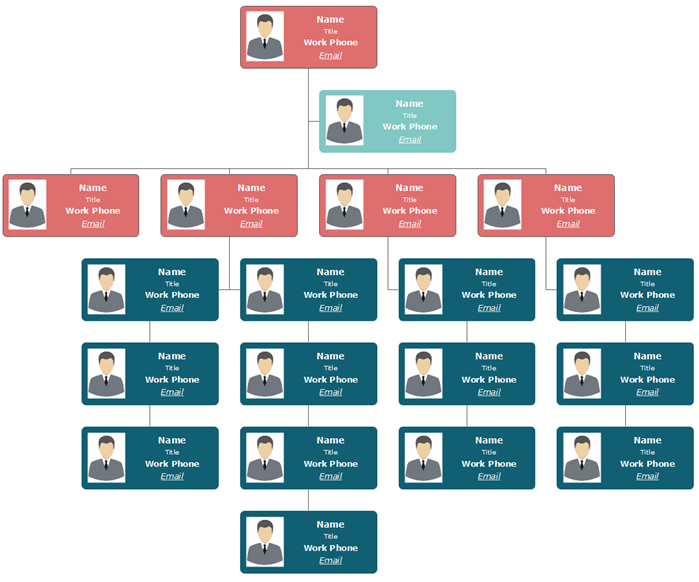
- Made by the Easy Org Chart Creator to Professionally Managing Your Teams

